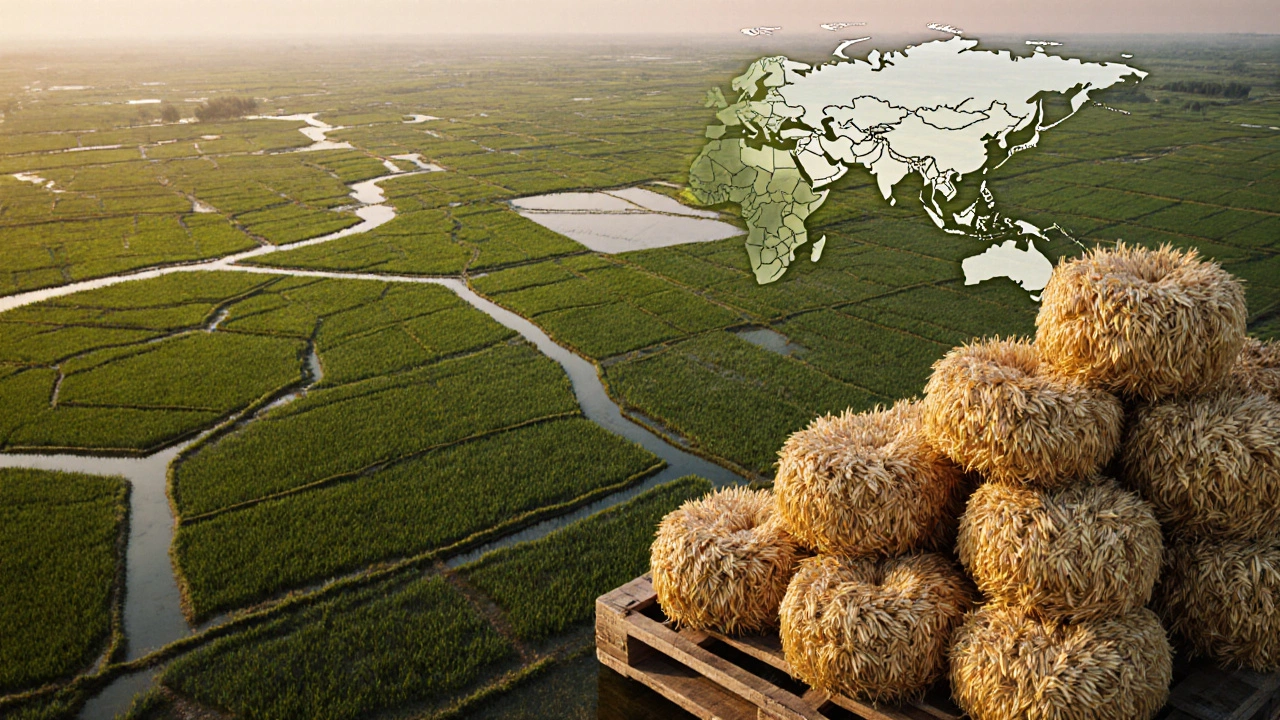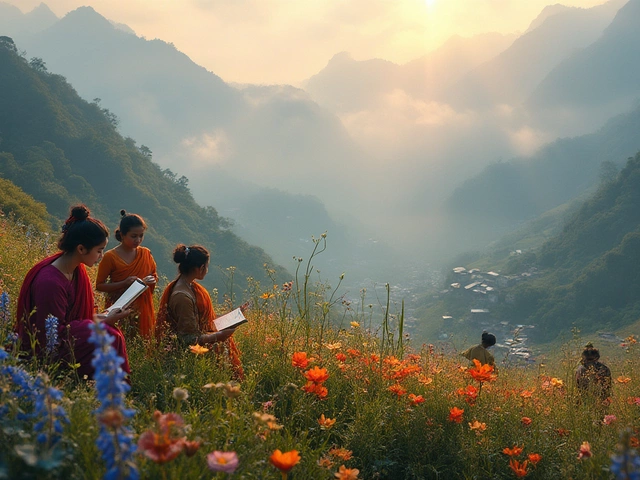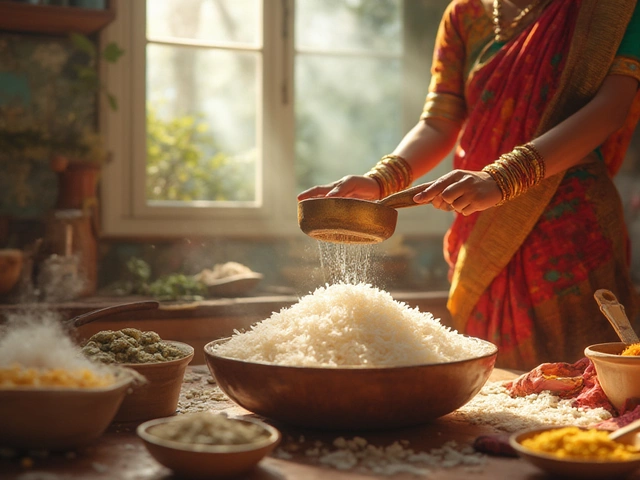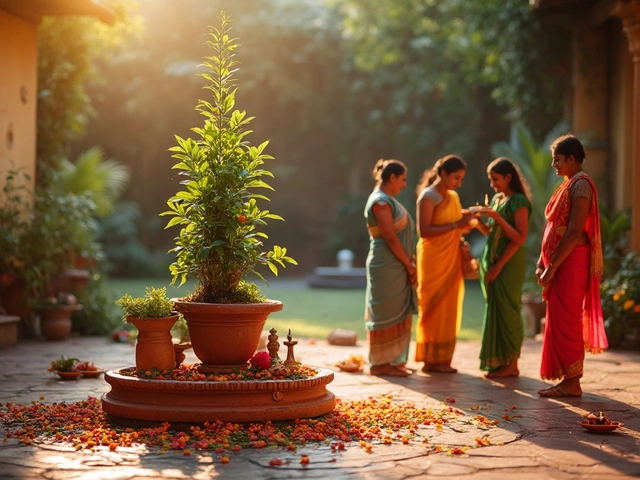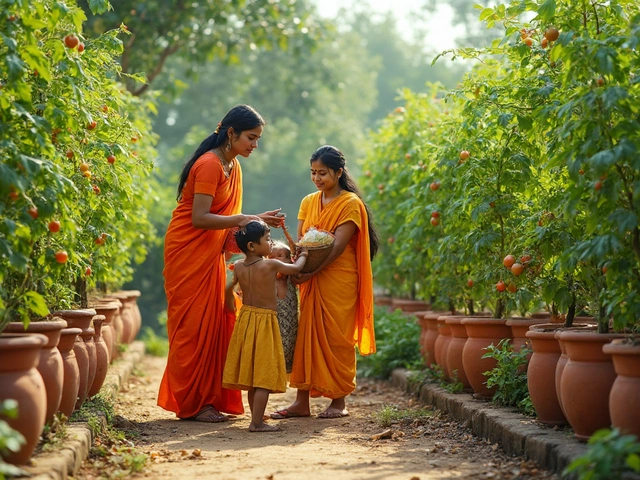Rice Water Calculator
Rice Water Calculator
Estimate how much water is used to produce the rice you consume based on article data
Results
Enter your rice consumption to see the water footprint
AWD irrigation reduces water usage by up to 30% while maintaining yields. This saves billions of liters globally.
Rice is the world’s most widely eaten staple grain, belonging to the species Oryza sativa. It feeds more than half of humanity and thrives in warm, wet environments. If you’ve ever wondered why rice is everywhere from sushi bars to breakfast tables, these five rice facts will give you a quick, eye‑opening tour.
1. Rice dominates global grain production
According to the Food and Agriculture Organization (FAO), the planet harvested about 511 million metric tonnes of rice in 2023, edging out wheat and corn combined. The top producers-China, India, Indonesia, Bangladesh, and Vietnam-account for roughly 90 % of that total. This massive output translates into roughly 3 kg of rice per person per day in many Asian households, underscoring rice’s role as a food security cornerstone.
The sheer scale means that any disruption-like a flood in the Mekong Delta or a pest outbreak in Punjab-can ripple through global markets, influencing prices from New Zealand supermarkets to New York grocery aisles.
2. Not all rice is the same: major types and their quirks
Rice comes in many varieties, but two genetic groups dominate commercial production: Indica rice and Japonica rice. A third famed variety, Basmati rice, is prized for its aroma and long grains.
| Characteristic | Indica | Japonica | Basmati |
|---|---|---|---|
| Grain shape | Long, slender | Short, rounded | Extra‑long, aromatic |
| Typical regions | South‑East Asia, India | East Asia, Japan | India, Pakistan |
| Cooking texture | Fluffy, separate | Sticky, clumpy | Fluffy with distinct grains |
| Aroma | Mild | Subtle | Strong, nutty |
| Starch type | High amylopectin | Higher amylose | Balanced amylose/amylopectin |
Knowing which type you need makes a big difference in recipes. Use Indica for fried rice, Japonica for sushi, and Basmati for biryanis.
3. Rice paddies are water‑intensive ecosystems
Traditional paddy fields keep the soil flooded up to 5 cm deep for most of the growing season. This water layer suppresses weeds, provides a stable temperature, and creates the anaerobic conditions that allow rice to thrive.
On average, producing 1 kg of rice consumes about 2,500 L of water-roughly the amount a person drinks in two years. However, modern irrigation techniques like alternate wetting and drying (AWD) can cut water use by up to 30 % without hurting yields.
Countries such as Bangladesh have adopted AWD at scale, saving billions of cubic meters of water each year while maintaining their status as top exporters.
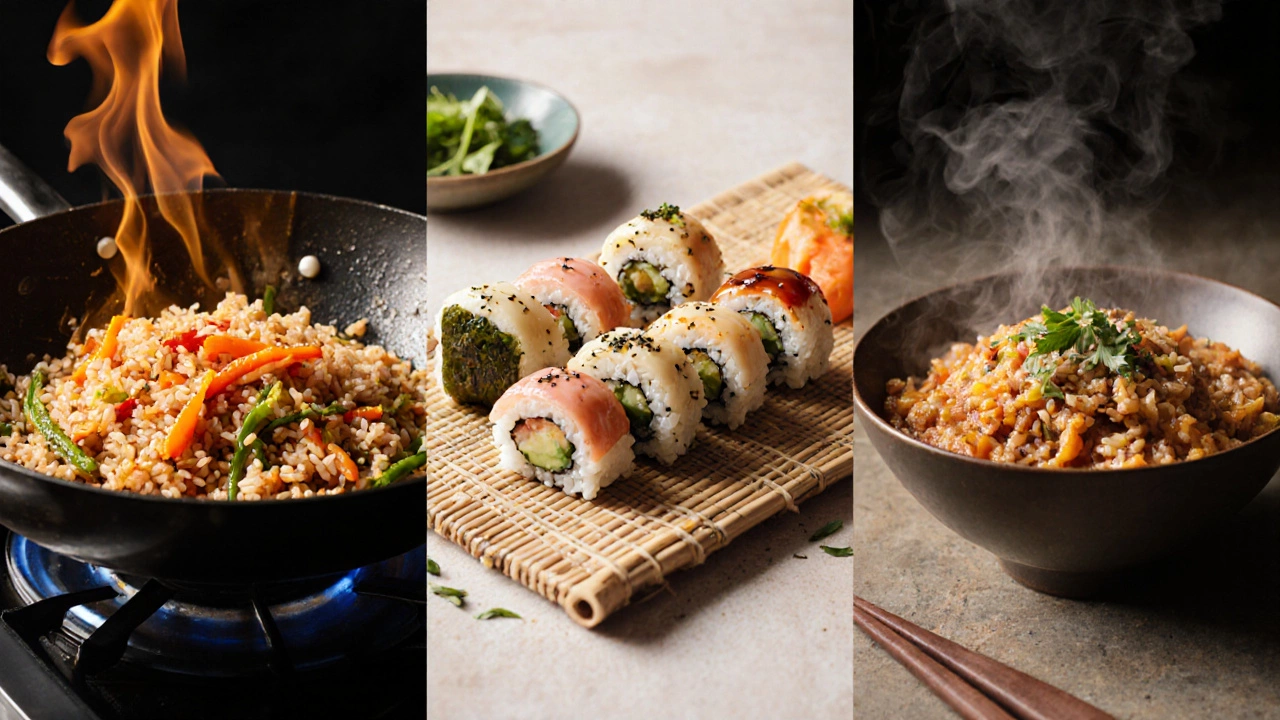
4. Rice packs more nutrition than many realize
While white rice is often dismissed for being “empty carbs,” it still delivers valuable energy-about 130 kcal per 100 g cooked. Brown rice, the whole‑grain version, retains the bran and germ, providing 3.5 g of fiber, 0.4 g of protein, and a suite of micronutrients like magnesium, phosphorus, and B‑vitamins.
One cup of cooked brown rice (≈195 g) supplies roughly 5 % of the daily iron requirement for an adult woman, making it a useful component of plant‑based diets. And for those needing a quick source of carbs before a workout, rice’s high glycemic index can be an advantage.
Fortified rice varieties, such as those enriched with vitamin A (Golden Rice), aim to address micronutrient deficiencies in regions where rice is the main staple.
5. Innovation is reshaping rice’s future
The Green Revolution of the 1960s introduced high‑yielding dwarf rice strains, boosting global output by over 50 % within two decades. These varieties reduced the need for heavy fertilizer use and made harvesting easier.
Today, biotechnology offers a new wave of improvements. Golden Rice, engineered to produce beta‑carotene (a vitamin A precursor), targets blindness and mortality in low‑income regions. Although regulatory approval is still pending in several countries, field trials in the Philippines and Bangladesh have shown promising yields.
Other research focuses on flood‑tolerant rice (submergence‑resistant “Sub1” varieties) that can survive up to two weeks underwater-an essential trait as climate change spikes extreme weather events.
Together, these advances suggest that rice will stay on the front line of feeding a growing world, even as diets evolve.
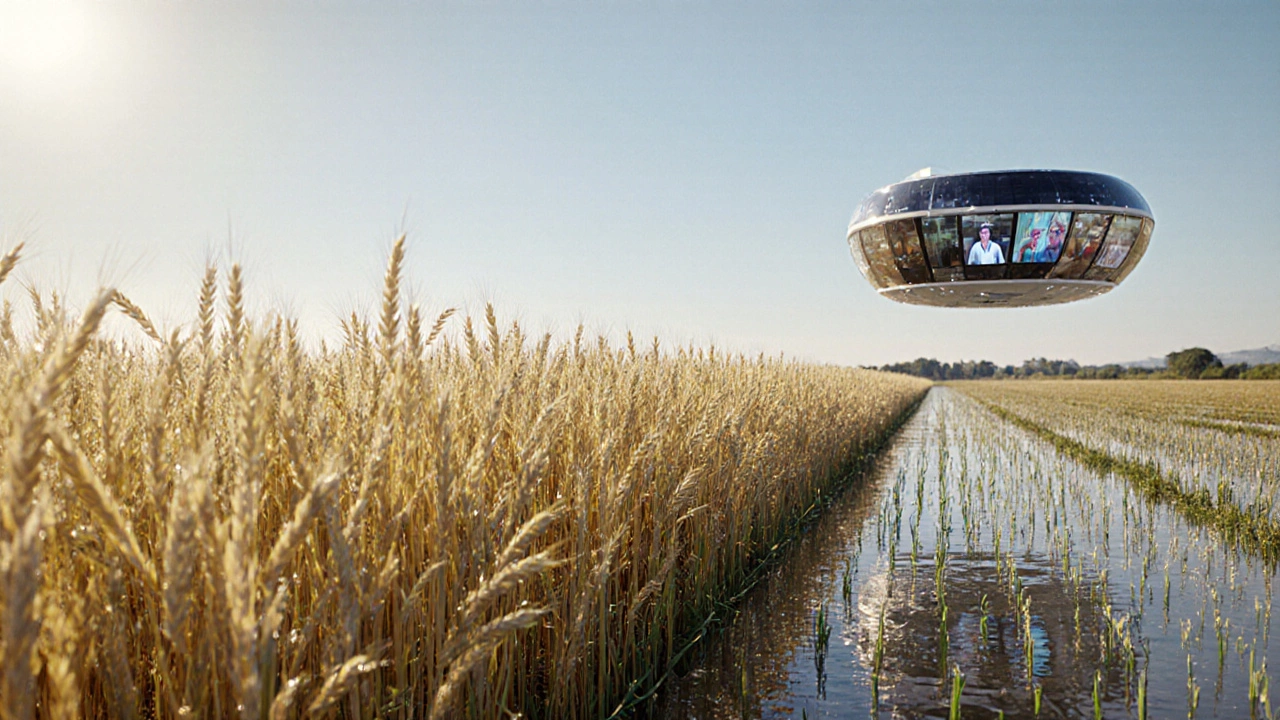
Quick Takeaways
- Rice feeds over half the world’s population and accounts for >500 million tonnes of harvest each year.
- Indica, Japonica, and Basmati each have distinct grain shape, texture, and regional origins.
- Paddy fields require large water volumes; modern irrigation can slash usage by ~30 %.
- Brown rice offers fiber, minerals, and a modest protein boost compared with white rice.
- Golden Rice and flood‑tolerant strains illustrate how science keeps rice resilient and nutritious.
Frequently Asked Questions
Why is rice so important for global food security?
Rice provides the majority of calories for people in Asia, Africa, and parts of Latin America. Its high yield per hectare, adaptability to flood‑prone areas, and relatively low storage requirements make it a reliable staple, especially in regions with limited arable land.
What is the difference between white and brown rice?
Brown rice retains the bran and germ layers, giving it more fiber, vitamins, and minerals. White rice has these layers removed, resulting in a longer shelf life but fewer nutrients. The milling process also changes the texture, making white rice softer and quicker to cook.
Can rice be grown without flooding the fields?
Yes. Aerobic rice systems use well‑drained soils and rely on rainfall or sprinkler irrigation. While yields are often a bit lower than traditional flooded paddies, aerobic methods save water and reduce methane emissions.
What is Golden Rice and why is it controversial?
Golden Rice is a genetically modified variety that produces beta‑carotene, which the body converts to vitamin A. Proponents argue it can prevent blindness in deficient populations. Critics raise concerns about GMO safety, biodiversity, and the need for broader dietary solutions.
How does the Green Revolution still affect rice today?
The dwarf, high‑yielding varieties introduced in the 1960s remain the backbone of modern rice farming. They enable higher plant density, reduce lodging (stem breakage), and have set the genetic foundation for newer traits like submergence tolerance.
